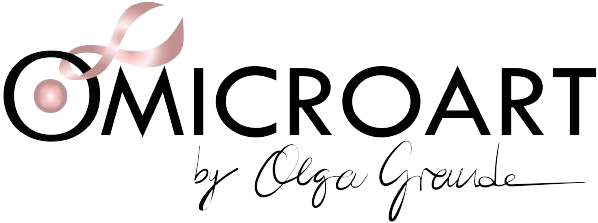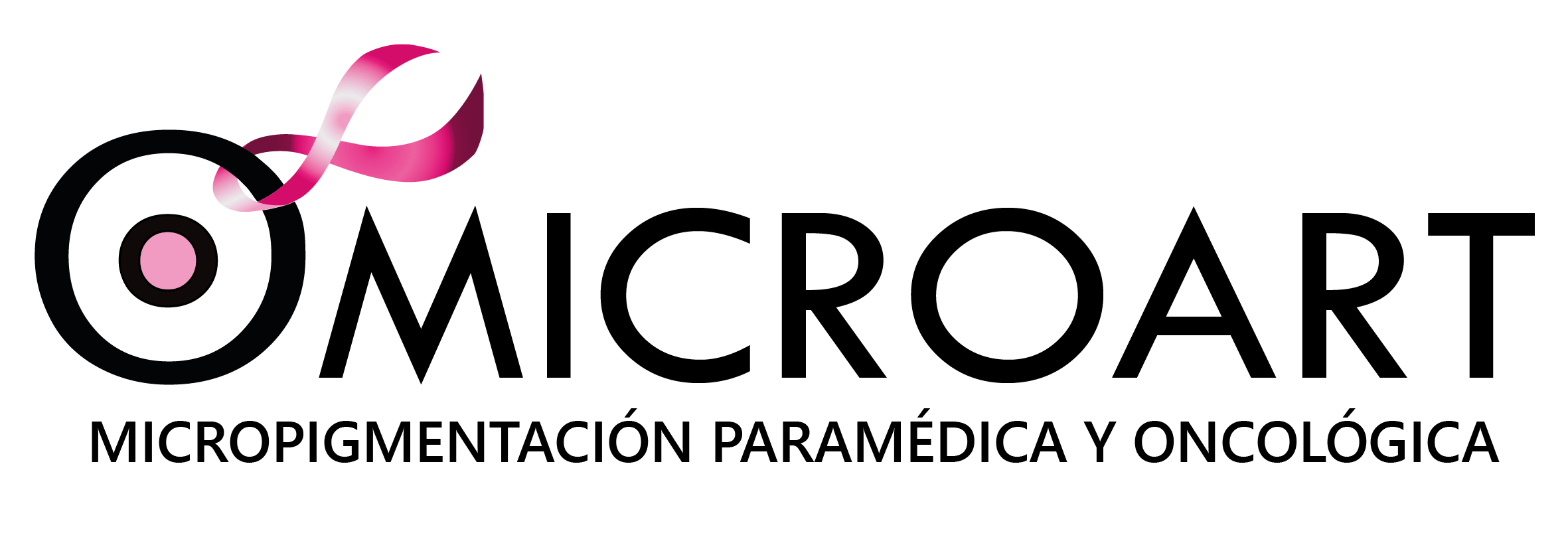These treatments are designed to last between 2 and 6 years, although you may wish to remove the micropigmentation or microblading earlier than planned.
Methods for removing micropigmentation and microblading tattoos
Below, we explain how to effectively and safely remove a micropigmentation or microblading tattoo.Q-Switch Laser
Q-Switch laser treatment is the most common and effective method for tattoo removal, including micropigmentation and microblading tattoos. The laser energy targets the pigment particles in the skin, breaking them down into smaller fragments which are then eliminated by the body’s immune system. Several sessions may be necessary to achieve complete tattoo removal, and results can vary depending on the colour and depth of the pigment, as well as skin type.Chemical Depigmentation
Chemical depigmentation involves the application of an acidic solution to the tattooed area to remove the upper layers of skin and pigment. This treatment should be performed by a qualified professional and may require several sessions for optimal results. It is important to note that chemical depigmentation can cause irritation and redness in the skin and is not suitable for all skin types.Dermabrasion
Dermabrasion is a mechanical tattoo removal method that involves using a specialised device to exfoliate and remove the superficial layers of skin containing the tattoo pigment. This procedure can be painful and usually requires local anaesthesia. Dermabrasion can leave scarring and is not suitable for all skin types.Camouflage
If complete tattoo removal is not possible or desired, one option is camouflage. This technique uses colour pigments similar to the skin tone to cover the tattooed area, making it less visible. It is important to work with an experienced tattoo camouflage technician to achieve natural and even results.Factors Influencing Micropigmentation and Microblading Removal
Depth and Type of Pigment Used
The body area, age, colour and previous touch-ups can affect the efficacy and ease of tattoo removal.
Deeper and more resistant pigments may require more treatment sessions and be more difficult to remove.
Moreover, some pigments may respond better to certain removal methods than others, which can also influence the choice of appropriate treatment.
The body area where the tattoo is located can also impact the removal process, as some areas may be more sensitive or have a higher pigment density than others, affecting the number of sessions required for complete removal.
Darker colours are easier to remove than reddish ones.
The age of the micropigmentation treatment also matters, with newer treatments generally requiring more sessions than older ones.
Previous touch-ups performed also affect the process, as a higher pigment load will require more sessions.
Body Area and Skin Healing
The location of the micropigmentation or microblading tattoo on the body can influence the efficacy of its removal.
Areas such as the limbs or regions with a higher amount of fat may have lower blood circulation, which can result in slower removal and a higher number of treatment sessions needed.
Additionally, the skin’s healing capacity varies across different body areas, which can affect recovery and the final outcome after tattoo removal.
Professional Experience and Quality of Micropigmentation or Microblading Work
The experience of the professional who carried out the micropigmentation or microblading and the quality of the work done can influence the difficulty of removing the tattoo.
If the procedure was performed correctly, with proper depth and pigment amount, removal is likely to be easier.
On the other hand, if the tattoo was done inadequately or with low-quality pigment, the removal may be more difficult and require additional treatments.
For this reason, it is crucial to visit professionals with proven experience and skills when undergoing these procedures.
Frequently Asked Questions
When can I have a new micropigmentation treatment in the treated area?
It is essential to wait between 4 and 8 weeks. This period allows for complete skin regeneration and ensures a satisfactory outcome in the new micropigmentation.
How many sessions are needed to remove a microblading or micropigmentation treatment?
In general, between 1 and 4 laser sessions are needed to effectively remove microblading or micropigmentation treatments. The number of sessions will depend on each patient, allowing for significant pigment reduction and leaving the skin in optimal condition.
At Omicroart, we recommend SENZA TATTOO. They offer a personalised and entirely free assessment.
Post-Laser Treatment Care for Excellent Results
Proper healing after the laser treatment session is essential.
It is normal to experience stinging, discomfort, mild redness, and swelling in the treated area during the first few days.
Post-treatment care is similar to that required after a micropigmentation procedure, with the difference being that, in addition to the healing cream, an antiseptic and/or antibiotic cream must be applied.
Keeping the area clean and moisturised is crucial. Moreover, direct contact with hot water, saunas, steam baths, swimming pools, and the beach should be avoided for the first 7 – 10 days to ensure satisfactory results.
It is also important not to expose the treated area to sunlight during the healing process.
Contact us and we will help you resolve your doubts about tattoo removal!





